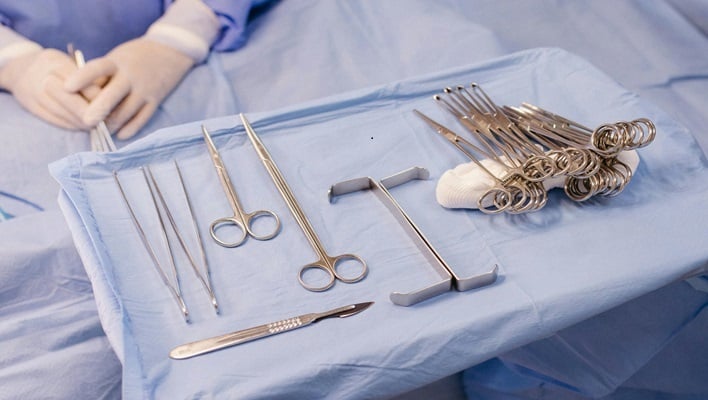AI In The OR: Robots Are Learning To Perform Surgery By Watching Videos
The Washington Post reports that these robots' performances measure up to the expertise of human surgeons. The trained robots use needles, suture wounds, and tie tissues. Without being told, the robots correct mistakes. According to researchers, this new generation of robots can in the future help address the shortage of doctors in the United States. However, they need approval from the Food and Drug Administration, FDA, to ensure safety and effectiveness before hospital usage.

There are also ethical challenges regarding whether the robots can be allowed to perform surgeries independently without supervision. Dipen J. Parekh, the Director of Robotic Surgery at the University of Miami Leonard M. Miller School of Medicine, noted that these robots still have much to learn. "The stakes are so high because this is a life-and-death issue,” he stated. "I look at CT scans and MRIs and then do surgery," by controlling robotic arms. If you want the robot to do the surgery itself, it will have to understand all of the imaging and how to read the CT scans and MRIs."
Also, Amer Zureikat, Director of Robotic Surgery at the University of Pittsburgh Medical Center, expressed concerns over common surgical challenges like bleeding and who takes responsibility for it. “If a blunder occurs, who holds responsibility? Is it the doctor? Is it the AI developer? Is it the Hospital facility? Is it the robot manufacturer?” he asked.
According to Associate Professor Axel Krieger, who supervised the report, the goal is not to replace humans but to assist surgeons and make their work easier. “In our work, we’re not trying to replace the surgeon. We just want to make things easier for the surgeon. Imagine, do you want a tired surgeon, where you’re the last patient of the day, and the surgeon is super exhausted? Or do you want a robot that is doing a part of that surgery and really helping out the surgeon?"

